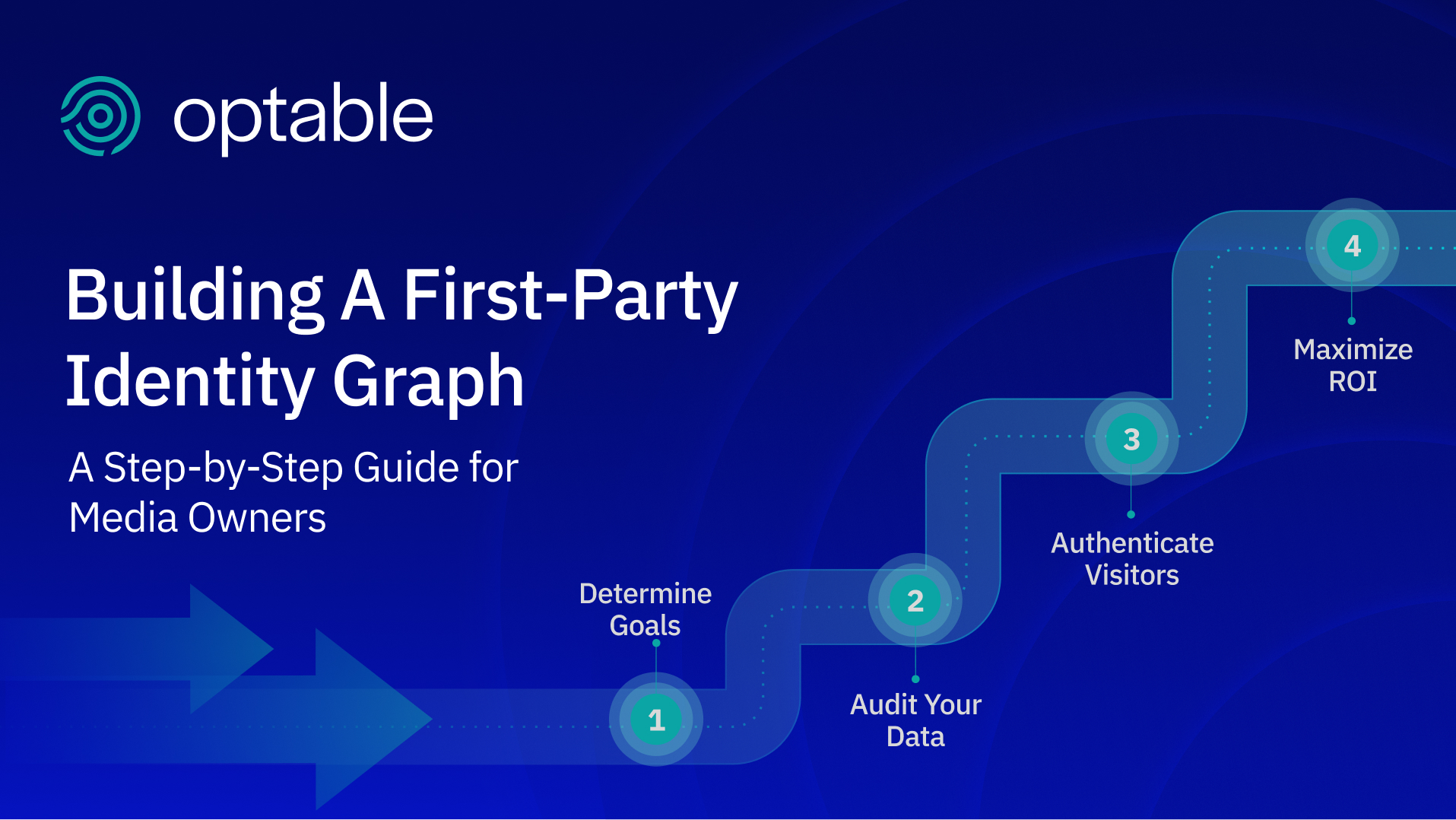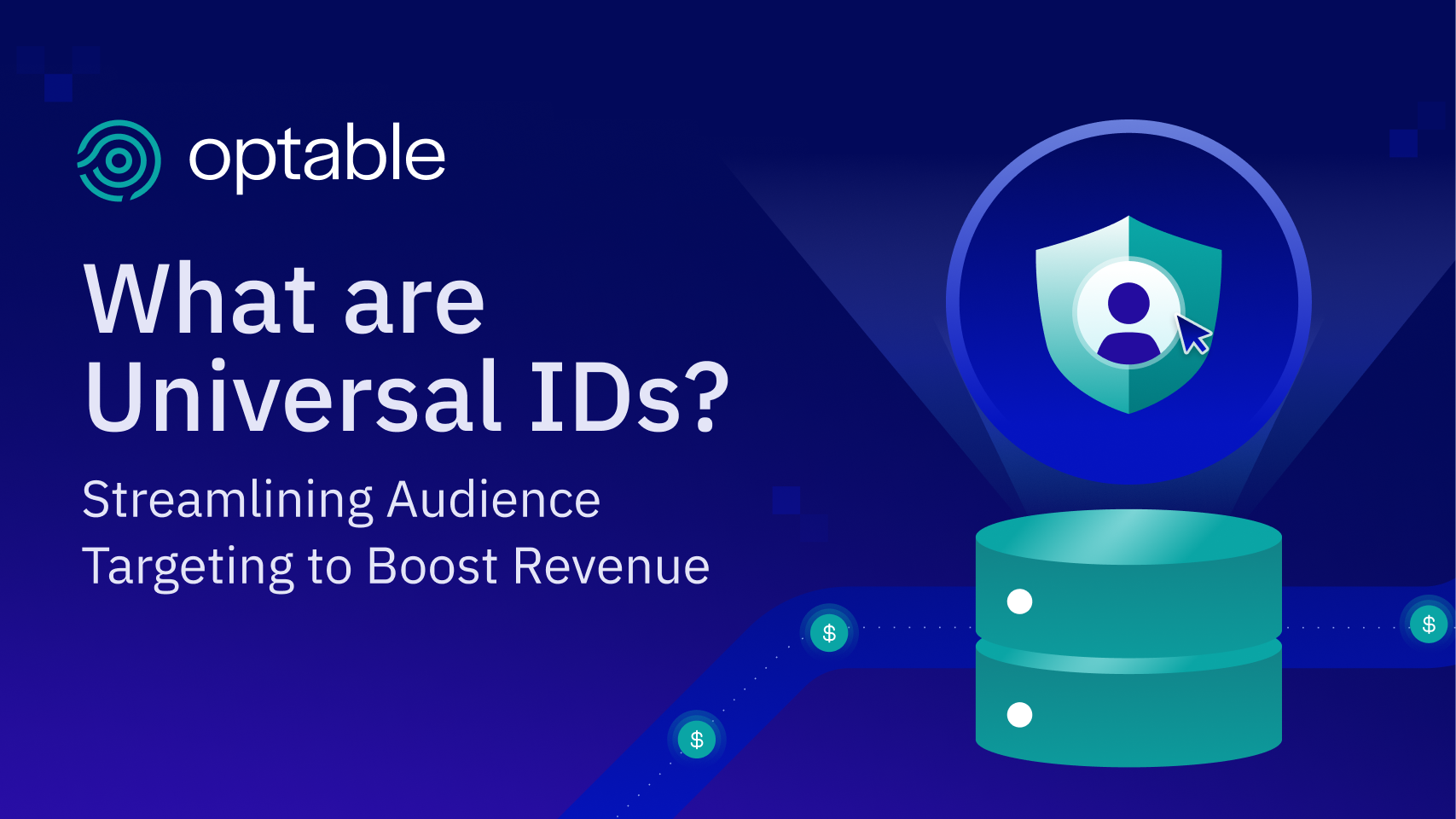Why Identity Matters More Than Ever
Digital advertising has never been static—it evolves as rapidly as the open web it helps monetize. With each new platform, device, and channel, the digital ecosystem expands, creating new opportunities and complexities for publishers. As user behavior shifts and technology advances, strategies that once worked like third-party cookie-based targeting are becoming obsolete. Today, privacy regulations and user expectations have changed the game. Data can no longer flow freely through systems without oversight. While these shifts are necessary and positive for consumer protection, they introduce immediate challenges for publishers. Audience visibility, addressability, and campaign measurement are becoming more difficult to maintain. Publishers who once relied heavily on third-party signals must now build self-reliant, privacy-compliant infrastructures to continue delivering value to advertisers.
Understanding your audience—who just landed on your homepage or clicked into a newsletter—has never been more important or more difficult. Without a clear and persistent identity signal, publishers struggle to recognize returning users, personalize experiences, or segment audiences for targeted campaigns. As traditional identifiers fade and third-party signals deprecate, publishers must adopt new strategies to sustain revenue and deliver effective advertising. A first-party identity graph is a foundational step toward solving this challenge.
Below, we offer brief guidance on where to start with the identity graph. To access the full guide with more details, recommendations, best practices, and case studies, download the Sell Side Guide to Identity here.
What Is a First-Party Identity Graph?
An identity graph is a framework that resolves fragmented signals into a unified audience view. In today’s multi-device, multi-platform environment, a single user can interact with content across mobile phones, desktops, tablets, and more, often anonymously or semi-anonymously. These interactions generate various data points, such as device IDs, cookies, email addresses, and IP addresses, which on their own offer limited insight.
Through identity resolution, data is matched and linked—creating clusters that connect individual and household identifiers under a single, persistent profile. This process involves probabilistic and deterministic matching techniques to unify known and inferred identifiers over time, building a more complete picture of user behavior, preferences, and engagement patterns. Learn more about identity resolution on our blog.
The Importance of a First-Party Identity Graph
For publishers, creating a purpose-built identity graph means turning logged-in user data, subscriptions, and other deterministic signals into scalable, addressable audience assets. This includes data such as email addresses from newsletter sign-ups, customer IDs from subscription platforms, engagement history, and consent records. When properly ingested, matched, and maintained within a secure, centralized environment, these signals form the foundation for rich audience profiles that can power personalized content, audience segmentation, and advertising strategies.
As third-party cookies become unreliable, owning and activating first-party data becomes mission-critical. A well-managed identity graph enables publishers to maintain addressability, improve ad performance, enhance user experiences, and meet privacy expectations, ensuring long-term sustainability and competitiveness. It’s your best defense against signal loss—and a smart way to future-proof your advertising business.
How Publishers Can Leverage First-Party Identity Graphs to Drive Results
With a first-party identity graph in place, publishers can unlock a new level of personalization across every user interaction. By consolidating data from multiple devices, channels, and engagement points into a single user profile, identity graphs provide a comprehensive understanding of individual audience members. This enables publishers to deliver content, ads, and experiences that feel relevant, timely, and aligned with each user’s preferences. Instead of relying on generic messaging, publishers can use behavioral and demographic insights to personalize experiences, recommend relevant content or products, and present ads that actually resonate.
In addition to improving targeting, first-party identity graphs help publishers focus resources on high-value audiences, those most likely to engage, convert, and return. By obtaining unified profiles, publishers gain deeper insight into which users drive the most long-term value. Strategies can then be refined around these power users, with content tailored to their preferences and campaigns built to sustain loyalty. This approach not only maximizes ROI but also reduces wasted spend on disengaged or low-intent audiences.
Finally, first-party identity graphs offer a key advantage through real-time adaptability. As user behaviors shift whether due to changing interests, external events, or seasonal trends, identity graphs can instantly reflect those changes across all systems. This dynamic responsiveness ultimately leads to stronger performance metrics, better user satisfaction, and greater operational efficiency.
By integrating a robust first-party identity graph into their data strategy, publishers can transform audience understanding into meaningful business outcomes.
Where to Start: Set Goals and Assemble the Right Team
Building identity infrastructure is not a siloed initiative. It must be cross-functional, coordinated, and strategically aligned. Start by forming a working group that brings together: Data Strategy/Product Manager, AdOps or Data Operations, Data Scientists, Data Engineering, Audience/Direct Sales, and legal team.
.png)
Define how you will measure success for each of the use cases. Here is an example of what to measure to evaluate your overall data and identity strategy
- Authentication rate growth (overall and by domain)
- Match rate improvement across key partners (e.g. SSPs, DMPs, CDPs)
- Share of authenticated vs. anonymous impressions served
- Percentage of impressions enriched
Audit and Centralize Your Data
Before building your graph, conduct a full audit of your first-party data ecosystem. Identify where user data is collected, how it's stored, and how it's managed across the teams and organization. This includes understanding which teams have access to the data, how permissions are managed, what formats the data exists in, and any current gaps or redundancies. Additionally, include licensed third-party datasets in the review to understand how external data sources complement or overlap with your owned data, and assess their relevance, accuracy, and compliance.
Centralizing this data, ideally in a cloud data warehouse or trusted platform, ensures consistency and scalability of your dataset. Focus on deterministic identifiers like hashed email addresses, which are privacy-compliant and durable across environments. These identifiers form the backbone of identity resolution and enable accurate audience targeting and cross-device recognition.
Make Authentication a Strategic Priority
Authentication is the cornerstone of a robust identity graph, yet many publishers still see less than 30% of traffic from authenticated users. As cookies disappear and traffic fluctuates, increasing authentication becomes urgent. Without a sufficient volume of authenticated users, identity graphs become less effective and insights become more fragmented.
Common strategies include: platform-based login (e.g., Google, Meta), premium subscriptions or paywalls, email/newsletter sign-ups, and gated content. Test and optimize these methods to increase login adoption and build a reliable first-party data set.
Monetize Your Identity Graph: Direct and Programmatic
Once your identity graph is set, it becomes a powerful tool to maximize yield across both direct and programmatic channels. Learn more about how identity graphs amplify publisher revenue.
Direct Ad Sales
- Build high-value audience segments using both deterministic data and contextual insights.
- Enrich those audiences with licensed third-party attributes to expand reach and improve relevance.
Collaborate with brands in clean rooms to generate custom segments based on overlapping user profiles.
These tactics unlock better-targeted media plans, deeper advertiser relationships, and higher deal values.
Programmatic Revenue
- Enrich bid requests with deterministic IDs to increase win rates and CPMs.
- Support audience curation strategies by offering exclusive segments with high engagement or conversion potential.
- Lead data marketplace monetization through anonymized audience segments or contextual overlays.
These strategies, powered by identity graphs, improve fill rates and ROI while maintaining compliance.
Choose the Right Data and Technology Partners
The success of your identity strategy depends on the partners you select. Look for solutions that integrate into your existing tech stack and enhance your ability to deliver addressable, privacy-safe advertising.
Key partner types include:
- Identity Enrichment Partners: Provide additional identifiers (e.g., hashed emails, universal IDs) to expand reach across browsers, devices, and platforms.
- Audience Attribute Providers: Add demographic, behavioral, and intent data layers to increase segmentation depth and targeting accuracy.
- Audience Curation Platforms: Offer premium packaging of your audience segments for programmatic buyers—often managing enrichment, segmentation, and sales representation on your behalf.
As you evaluate potential partners, consider the following variables:
- Data Quality and Transparency: The foundation of any identity graph is the quality, credibility, and integrity of its underlying data. Top-tier partners will be transparent about how their data is collected, processed, and maintained.
- Compliance with Privacy Regulations: Privacy should be non-negotiable. Ensure your partners demonstrate strict adherence to global and regional privacy laws. As the industry moves away from third-party cookies, prioritize partners who leverage cookie-less methodologies and are capable of building identity graphs using deterministic signals, consented first-party data, and secure identifiers like hashed emails.
- Data Scale and Coverage: The broader and more diverse the dataset, the more robust your identity graph will be. Seek partners that offer access to rich, multidimensional data sourced from reputable, privacy-compliant channels. Greater scale means more accurate audience modeling and improved campaign performance.
- Data Relevance and Freshness: It’s not just about volume. Data must be timely and aligned with your business needs. If your strategy depends on knowing user lifestyle habits or purchase intent, your partner’s dataset should reflect those dimensions. Real-time or frequent data refreshes ensure your identity graph evolves alongside your audience, maintaining accuracy and effectiveness as user behavior changes.
Vet each partner for privacy compliance, interoperability, and track record with publisher integrations. Strong partners should demonstrate both technical reliability and a proven ability to drive results in publisher-specific use cases. By choosing the right partners based on these criteria, publishers can ensure that their identity infrastructure is both future-proof and capable of driving measurable business results.
Ready to Build? Download the Sell-Side Guide to Identity
This article is just the beginning. Our full guide offers a comprehensive playbook for publishers building a first-party identity graph. You’ll learn:
- How to future-proof your monetization strategy as cookies and device IDs disappear
- Proven methods for building a first-party identity graph that drives performance
- Smart tactics to boost authenticated users with logins, subscriptions, and engagement tools
- Privacy-first frameworks to stay compliant and earn user trust
- Real-world use cases to drive ROI across programmatic, direct sales, and data collaboration
- Examples of how leading publishers are partnering on identity to unlock new revenue streams


.png)






